Biomimicry is when people use ideas from nature to solve problems. Plants and animals have different ways to solve problems that have inspired inventions.
To better understand how nature works…
LET’S BREAK IT DOWN!
Animals solve problems in many different ways.
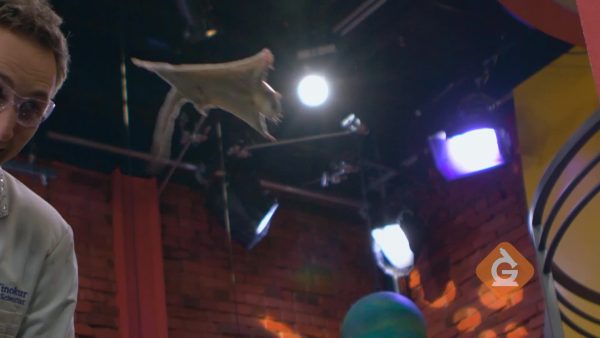
Animals such as this sugar glider have wing-like structures to help them fly from tree to tree. When they jump, they spread out their arms and legs to help them glide down safely.

People have been inspired by animals to invent things.
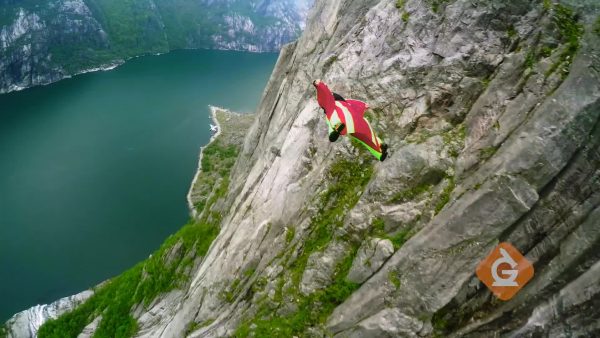
Wingsuits can let people experience flying. The idea for these suits came from the sugar glider, an animal that has wing-like structures between its arms and legs.

Some animals have structures used for protection.
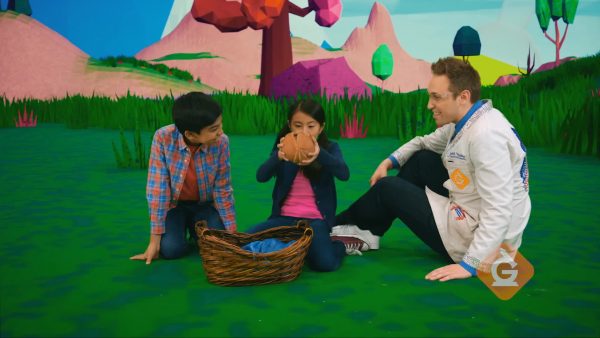
An armadillo has a hard covering that can protect it from predators. When an armadillo feels that it is in danger, it curls into a ball. Once the predator goes away, it comes out of the ball.

Armadillos have inspired people to solve problems.
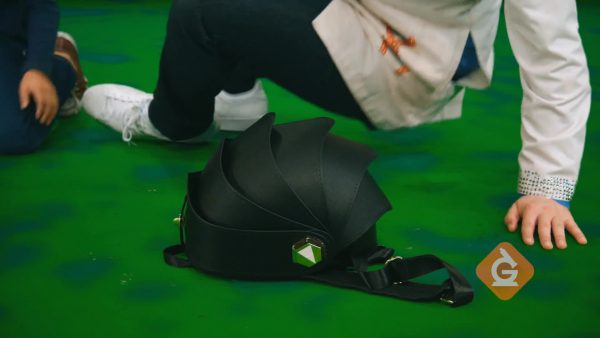
The armadillo has inspired someone to create a backpack with a hard surface. The surface of the backpack rolls up to protects things inside from being crushed.

Plants have inspired amazing inventions too.

The cocklebur plant gave scientists the idea to create Velcro. The prickly parts of a cocklebur seed can stick to animal fur. This allows the seed to be moved from place to place

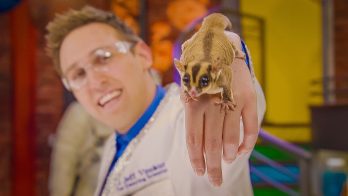
































































































































 Select a Google Form
Select a Google Form









